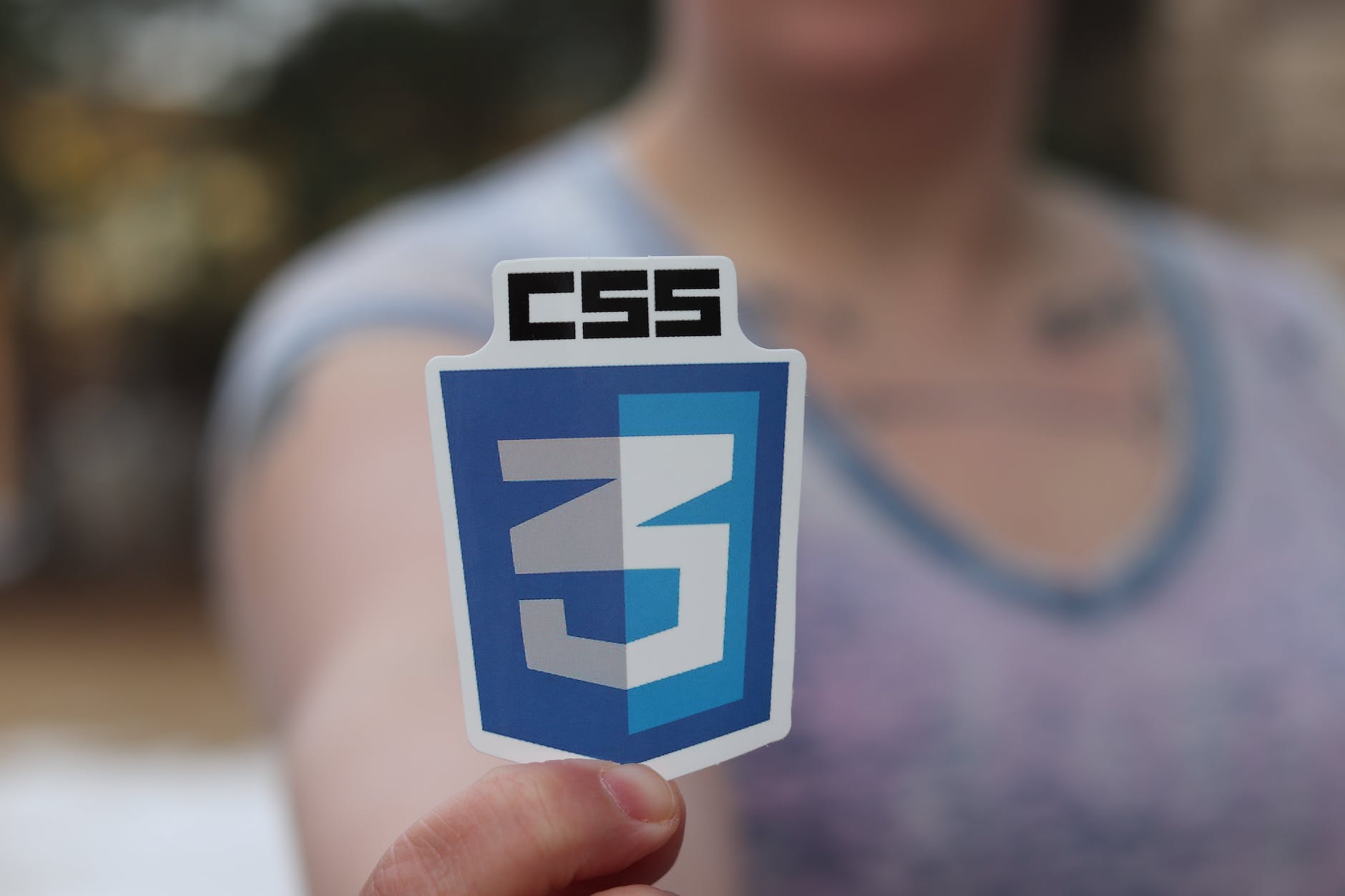In today’s digital age, having a strong online presence is crucial for businesses and individuals alike. With the proliferation of smartphones, tablets, and various other devices, ensuring that your website looks and functions well across different screen sizes and resolutions is more important than ever. This is where responsive web design comes into play.
Table of Contents
What is Responsive Web Design?
Responsive web design (RWD) is an approach to building websites that ensures optimal viewing and interaction experiences across a wide range of devices. In simpler terms, a responsive website adapts its layout and design to suit the device it’s being viewed on, whether it’s a desktop computer, a smartphone, or a tablet.

How Does Responsive Web Design Work?
At the core of responsive web design are flexible grids and layouts, along with the intelligent use of CSS media queries. Instead of creating multiple versions of a website for different devices, responsive design enables the creation of a single website that can dynamically adjust its layout based on the screen size and orientation of the device.
For example, elements such as text, images, and navigation menus may shift and resize automatically to fit the screen size, ensuring that users can access and interact with the content easily, regardless of the device they’re using.
Why is Responsive Web Design Important?
- Improved User Experience: Responsive websites provide a consistent and user-friendly experience across all devices, reducing the need for users to pinch, zoom, or scroll excessively to view content.
- Increased Reach: With the growing number of mobile device users, having a responsive website ensures that you reach a broader audience and maximize your online visibility.
- SEO Benefits: Search engines like Google prioritize mobile-friendly websites in their search results. By implementing responsive design, you improve your website’s chances of ranking higher in search engine results pages (SERPs).
- Cost-Effectiveness: Maintaining separate desktop and mobile versions of a website can be time-consuming and expensive. Responsive design streamlines the development process and reduces ongoing maintenance costs.

Best Practices for Responsive Web Design:
- Mobile-First Approach: Start by designing for the smallest screen size and then progressively enhance the layout for larger screens. This ensures a smooth and optimized experience for mobile users.
- Fluid Grids and Flexible Images: Use relative units like percentages instead of fixed units like pixels for sizing elements. This allows them to adapt fluidly to different screen sizes.
- Optimize Page Speed: Ensure fast loading times across all devices by optimizing images, minimizing HTTP requests, and leveraging browser caching.
- Test Across Devices: Regularly test your website on various devices and browsers to identify any compatibility issues and ensure consistent performance.
In Conclusion:
Responsive web design is not just a trend but a necessity in today’s digital landscape. By embracing responsive design principles, you can create websites that are accessible, user-friendly, and optimized for success across all devices. Whether you’re a business owner, a web developer, or simply someone interested in building an online presence, understanding and implementing responsive web design is key to staying ahead in the digital realm.
